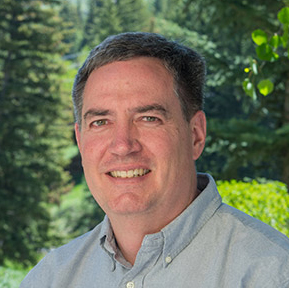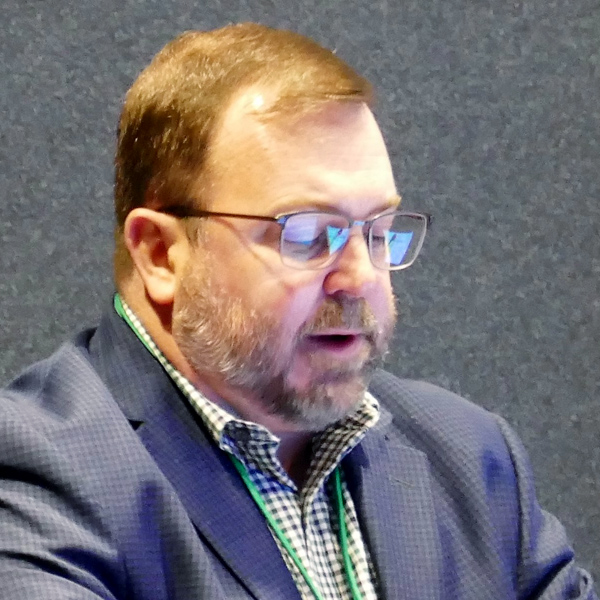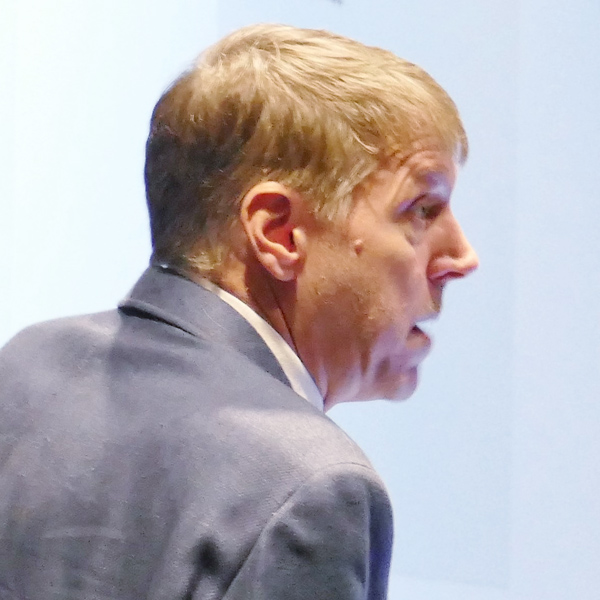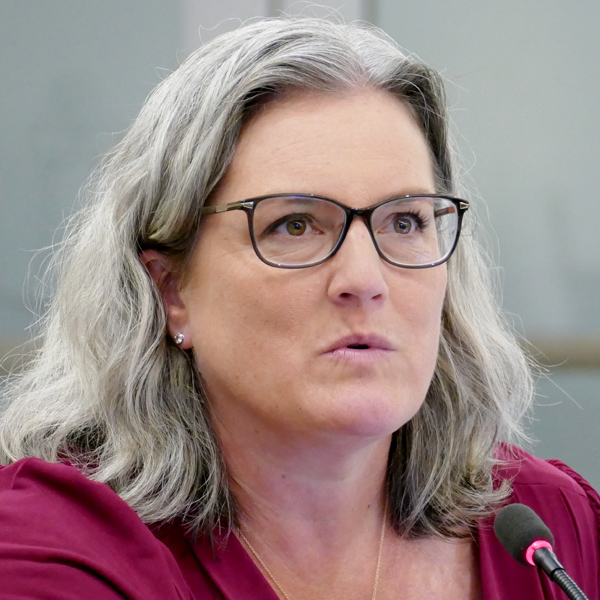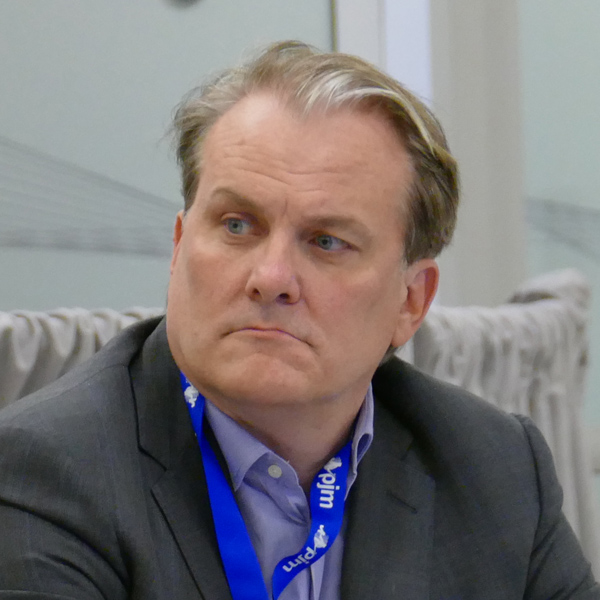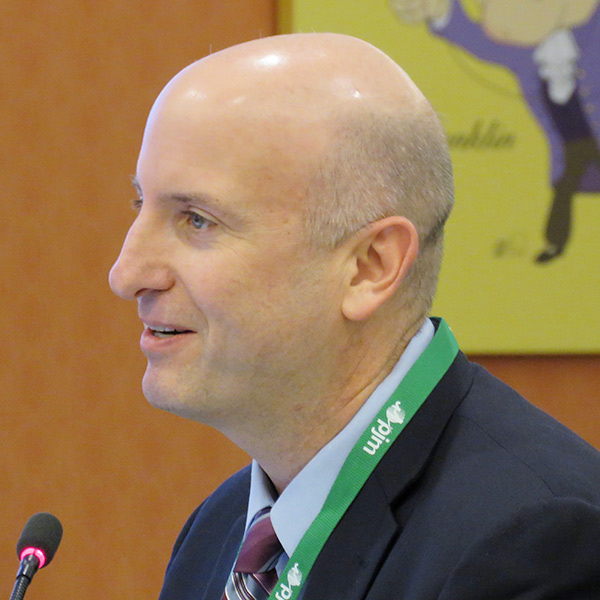Washington’s 2023 legislative session will seem less revolutionary on the climate front compared with the last two years, which saw the passage of landmark — and controversial — bills to reduce the state’s carbon emissions.
Still, a healthy number of environmental bills are in the works for 2023.
“Biggest thing is to focus on implementing the things we said we’re going to do,” Sen. Joe Nguyen (D) from Seattle, the new chair of the Senate Environment, Energy and Technology Committee, told NetZero Insider.
“There’s a lot of enthusiasm among House and Senate Democrats to keep momentum going,” said House Majority Leader Joe Fitzgibbon (D) of West Seattle.
One of the greatest challenges facing lawmakers will be deciding how to divvy up revenue generated by the state’s new cap-and-trade program, passed by the Democrat-controlled legislature in 2021 along party lines. Lawmakers that year also enacted a low-carbon fuel standard and implemented a soft goal for the state to taper off sales of gasoline-powered cars by 2030. That was followed last year by Gov. Jay Inslee’s mandate that all cars sold in the state be emissions-free by 2035.
The cap-and-trade program’s first carbon allowance auction is scheduled for Feb. 28. The auction — one of four to be held this year — will offer 6.185 million allowances at a minimum allowed bid of $22.20 per allowance. Entities will be able to bid on blocks of 1,000 allowances.
Under auction rules, the highest bidder would get first crack at the limited number of allowances, the second highest bidder would get second crack, and so on. The auction ends when the all the designated allowances are bid upon. Then, all the successful bidders will pay the same price per allowance as the lowest successful bid.
The number of auctioned allowances will decrease over time to meet the state’s decarbonization goals set for 2035 and 2050. Companies will be allowed to trade allowances among themselves.
The auctions are expected to raise $500 million to $1 billion a year, depending on who is calculating. Democrats and Republicans expect to decide in the upcoming session how to spend that money, according to Gov. Jay Inslee, Nguyen, Fitzgibbon, and Rep. Mary Dye of Pomerory, ranking Republican on the House Environment and Energy Committee.
In the upcoming session, Senate Republicans want to introduce legislation to suspend the cap-and-trade program if gas prices get too high for too long. Democratic leaders say this bill won’t stand a chance of getting out of committee. Senate Republicans also plan to introduce a bill to track the effects of the state’s new low-carbon fuel standard on gasoline prices. Nguyen said such tracking is already in the existing low-carbon fuel standards law.
Land Use Bill Revived
Climate bills related to land use planning, salmon and tree planting will also come into play this year.
The 2023 session will likely see the revival — and passage — of House Bill 1099, which would add climate considerations to city and county land use planning.
The bill, introduced last year by Rep. Davina Duerr (D), would have made this change to Washington’s Growth Management Act, which regulates long-range land use planning for Washington’s city and county governments. It would have required local governments to review and, if needed, revise their comprehensive plans and development regulations every eight years.
Duerr’s bill would have required climate change to be considered in land use and shoreline planning for the 10 largest of Washington’s 39 counties and in cities of 6,000 residents or larger. The 10 largest counties cover Puget Sound, Spokane, the Yakima River Valley and the Washington-side suburbs of Portland.
Last March, Senate and House Republicans used parliamentary maneuvering to kill the bill on the final day of the session. (See Sponsor Plans to Revive Stalled Wash. Land Use Bill.)
Inslee and Dye want to introduce legislation to plant large numbers of trees along Washington’s rivers and streams to provide shade for migrating salmon. Water temperatures exceeding the lower 70s seriously threaten the health of the fish. “This is a major, major threat,” Inslee said in an interview.
The concept of cooling streams with extra shade has been around for decades, but Inslee and Dye said the measure needs to be tackled with much greater volume than before. Both speculated that cap-and-trade money could be used for the effort.
Duerr has introduced a bill (HB 1078) to establish “tree banks,” designated area where trees would be planted to replace those cut down to develop properties.
Republican Plans
While the ranks of Washington’s Republican lawmakers will be slightly thinner this year after last November’s election contests, they still plan to push bills that would deviate from the Democrats’ policy goals.
Sen. Curtis King of Yakima, ranking Republican on the Senate Transportation Committee, has introduced a bill (SB 5092) to provide tax breaks to residents buying hybrid vehicles. Hybrids provide an affordable steppingstone for lower-income people who cannot afford electric vehicles in the next few years, he said.
However, Inslee and Fitzgibbon believe boosting hybrids is an inadequate step in the state’s push to switch to a predominately EV market. “Hybrid vehicles were a great solution for lowering emissions 20 years ago, but we need to be moving faster in reducing emissions and focus limited incentive dollars on truly clean vehicles,” Fitzgibbon said.
Inslee said the cheapest all-electric car — the Chevrolet Bolt — costs about $25,000, making such vehicles more affordable.
Republicans also want to introduce a bill regulating the recycling of wind turbine blades and parts from solar farms. Fitzgibbon said Democrats are open to recycling power industry materials but wondered why the GOP’s plans don’t include recycling parts from natural gas plants and hydroelectric dams. Both sides speculate that the disposal and recycling of batteries will surface in this session.
In the 2022 session, House Republicans introduced a bill (HB 1822) to allocate some cap-and-trade revenue to create an Office of Puget Sound Water Quality to provide help and supervision to municipal sewage treatment plants on the sound to trim amount of nitrogen-laden nutrients, which decrease the oxygen needed by fish. That bill never made it out of the House Environment and Energy Committee and Dye plans to revive it in 2023.


